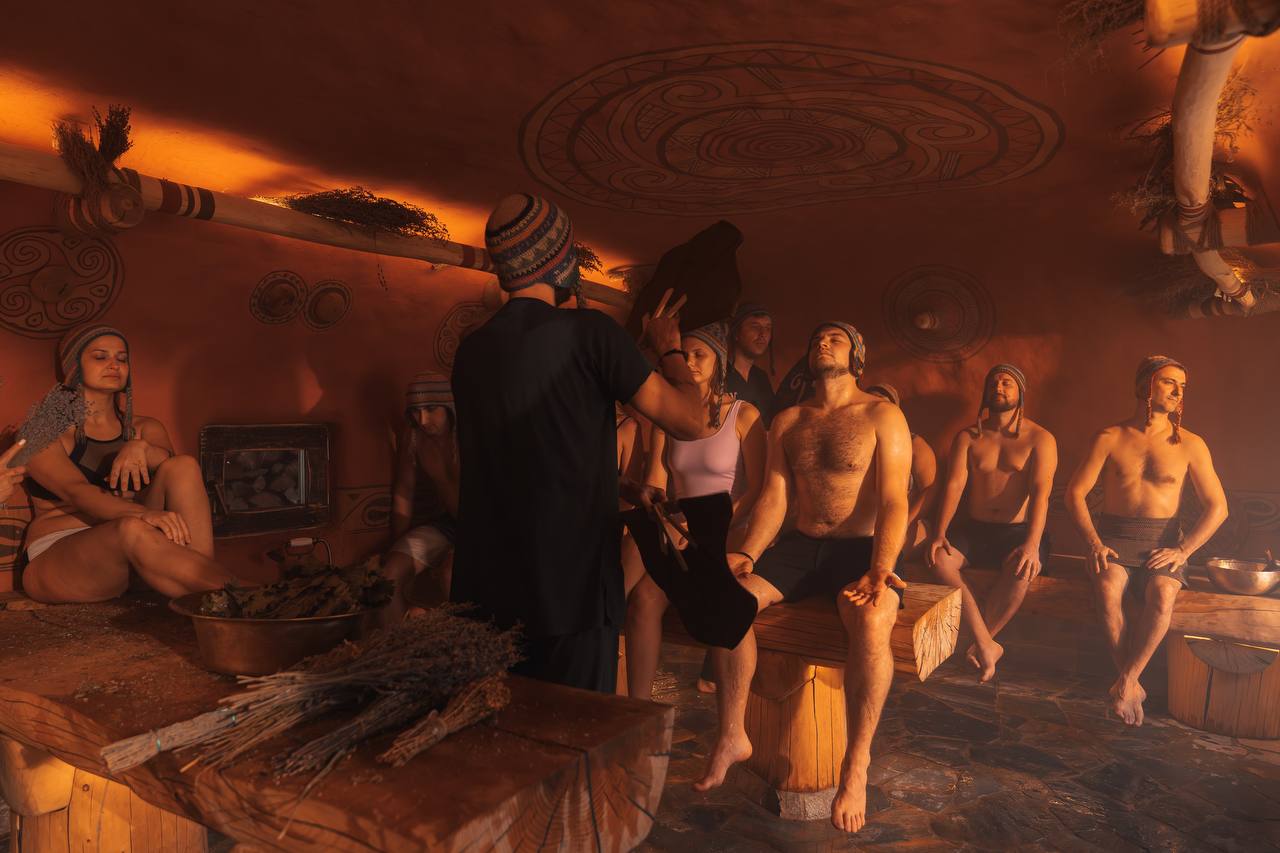CUCUTENI, TRIPOLIA or MOLDOVA 7000 years ago
What is the Cucuteni-Tripoli culture, where the symbol of yin and yang first appeared, why did the Tripolitans burn houses, and how one of the first civilizations in Europe disappeared?
Did you know that once, very long ago, thousands and thousands of years ago, in the Stone Age, when the Greek gods were not invented yet, the Egyptian pyramids were not built, and China and even Mesopotamia did not exist yet, even then in Moldova people built cities?
Unbelievable? But it is a fact. Cucuteni-Tripolian culture was one of the first civilizations in Europe, having appeared several centuries earlier than the first settlements in Mesopotamia and Egypt. Its name came from the names of the settlements where its traces were first discovered: Cucuteni (a village near Iasi, Romania) and Tripolye (a settlement in Ukraine).
On excavations it was established that this ancient culture emerged around 5250 BC and existed until about 2750 BC.
The Kukuten civilization was a proto-urban civilization - its settlements-"cities" were quite large (from several tens of hectares to 200-450 hectares in some cases).
LIVING
The Kukutenians, long before the legendary Sumer and Babylon, first began to build gigantic, surrounded by ramparts, with streets and central squares in the middle - whole "proto-cities" and "proto-fortresses". This is truly amazing and fantastic, because it allows us to say that 7000 years ago in Moldova there was not just an archaeological culture, but a whole highly developed civilization.
What is the Cucuteni-Tripoli culture, where the symbol of yin and yang first appeared, why did the Tripolitans burn houses, and how one of the first civilizations in Europe disappeared?
Did you know that once, very long ago, thousands and thousands of years ago, in the Stone Age, when the Greek gods were not invented yet, the Egyptian pyramids were not built, and China and even Mesopotamia did not exist yet, even then in Moldova people built cities?
Unbelievable? But it is a fact. Cucuteni-Tripolian culture was one of the first civilizations in Europe, having appeared several centuries earlier than the first settlements in Mesopotamia and Egypt. Its name came from the names of the settlements where its traces were first discovered: Cucuteni (a village near Iasi, Romania) and Tripolye (a settlement in Ukraine).
On excavations it was established that this ancient culture emerged around 5250 BC and existed until about 2750 BC.
The Kukuten civilization was a proto-urban civilization - its settlements-"cities" were quite large (from several tens of hectares to 200-450 hectares in some cases).
LIVING
The Kukutenians, long before the legendary Sumer and Babylon, first began to build gigantic, surrounded by ramparts, with streets and central squares in the middle - whole "proto-cities" and "proto-fortresses". This is truly amazing and fantastic, because it allows us to say that 7000 years ago in Moldova there was not just an archaeological culture, but a whole highly developed civilization.

Sometimes they were fortified with earthen ramparts and ditches to make it easier to defend themselves against the enemy. The settlements were quite crowded - up to 20,000 inhabitants - and occupying an area of 400 hectares, were very large for their time.
Some sites of the Kukuten-Tripolye culture with an estimated population of about 15,000 people and more, occupying an area of 400 hectares, were very large for their time.
The remains of dwellings that archaeologists find, as well as their clay models, allow us to reconstruct the appearance of Trypillian houses. They are usually quadrangular one- or two-story houses. The walls were built of woven willow wattle and daubed with clay. Evidence shows that representatives of this culture sometimes decorated the outer parts of their houses with similar ornaments as on pottery.
The roof was gable, covered with straw or reed sheaves. The windows were small and round. Each house had a stove, near which a bench made of burnt clay was placed. They also made wooden furniture: chairs, tables, armchairs with backs. The floors in the houses were clay. Houses were equipped with hearths, which served for heating and cooking.
In 2012 at the excavations found a public building of 1200 square meters! It was the largest structure on the European continent at the time.

CULT OF FIRE
Scientists have discovered a rather strange, unique ritual in the Kukuten-Tripoli culture. These people constantly burned down their settlements after some time had passed. For a long time, it was believed that this happened as a result of enemy raids.
Then archaeologists unexpectedly found out that the Tripolitans did it themselves, deliberately - they burned settlements in accordance with the cycle of 60-80 years, when the land around the settlement was exhausted and lost yield. And went on to new lands.
KINDNESS
The main occupations of the Tripolitans were farming and cattle breeding. They grew wheat, barley, oats and peas. The land was cultivated with a wooden hoe with a stone or horn tip. Bone or stone sickles were used for harvesting. Grain was ground into flour on stone grinders.
Tripolyeans raised cows, oxen, sheep, goats, pigs and horses. They were also engaged in hunting and fishing. As scientists suppose, the Tripolitans lived in one place for 50-70 years, until the land was exhausted.
To date, the best known works of Tripoli potters. This is a variety of dishes: pots, pans, bowls, vases, bowls, clay barrels for grain. The Tripolitans invented two-tiered pottery kilns for firing their wares. They painted their dishes with black, yellow, red and sometimes white colors.




















